This book "Newly Discovered copper Hoard, Weapons of South Asia" includes chapters on Copper Hoard collection in the National Museum, New Delhi, New Anthropomorphic figures from Ganga-Yamuna doab, New lugged shouldered axes from the Western Uttar Pradesh, New copper hoard in private collections of North India, Copper hoard implements in the National Museum, New Delhi, brief history of copper hoards from 1964 to 1986, Harappan and Ochre Coloured Pottery in Ganga-Yamuna doab, Archaeometallurgy of copper hoard, and list of Harappan, copper hoard, O.C.P. and related sites in Ganga-Yamuna doab. Till today around 5031 copper hoard implements have been reported from 197 sites mostly from Gangetic plains among which 193 are in National Museum collection. We have fixed date of copper hoards from circa 2800 to 1500 B.C. and these could be divided into two groups as follows (A) North Eastern Indian (B) Ganga-Yamuna doab and western India. The technology of western group B is of a distinctive and advanced type and is influenced by the Harappans. According to scholars the authors of the copper hoards were Atharvavedic Aryans, who were contemporary with Harappans. The Anthropomorphic figure of copper hoard is a cult object and a symbol of good omen. The lugged shouldered axes and weed chisels are a new type in copper hoard implements. The shouldered axes show their origin from South East Asia via North-East India and Middle Ganga plain. The copper hoard implements and O.C.P. ceramic are present in stratified deposits of Ganeshwar, Jodhpura, Mithathal, Madarpur, Saipai and Khatoli, which confirm that the authors of these two traditions were the same. Copper hoard implements of western group show genetic relationship with Harap-pans. The author has fixed the period of Ramayana during the last phase of copper hoard period i.e. circa 1600-1500 B.C.
Art and Craft of Harappans
$98.10
$109.00

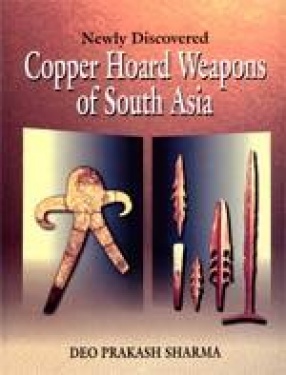
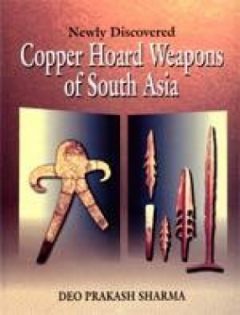
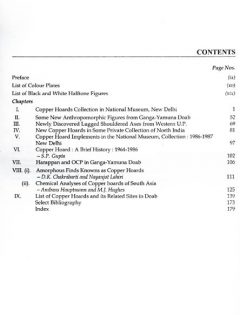
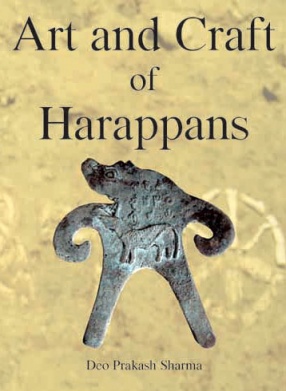
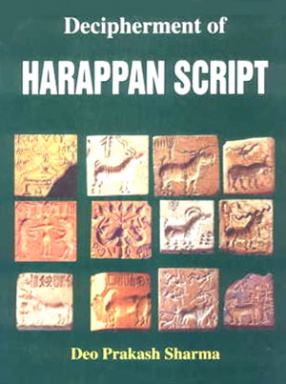
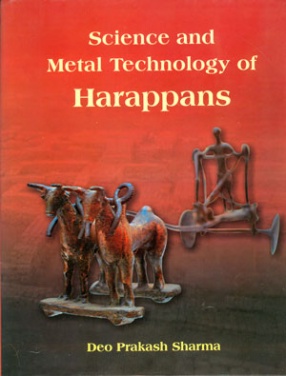

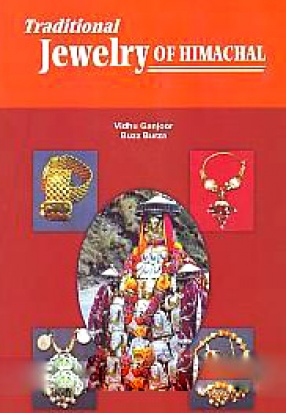
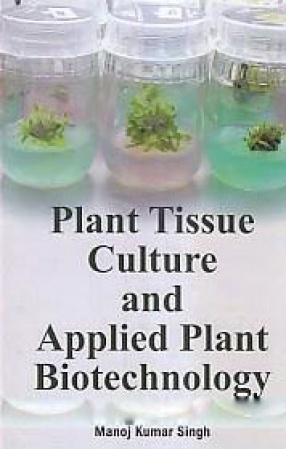
There are no reviews yet.